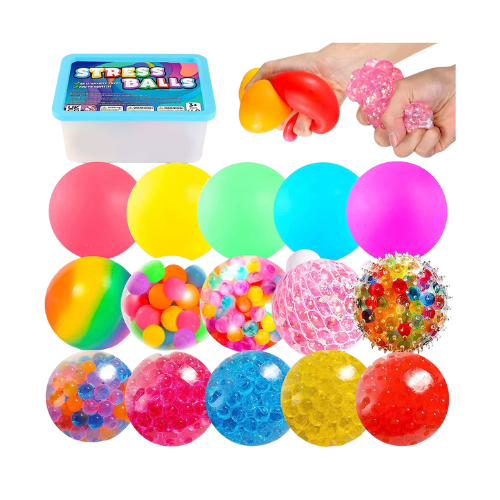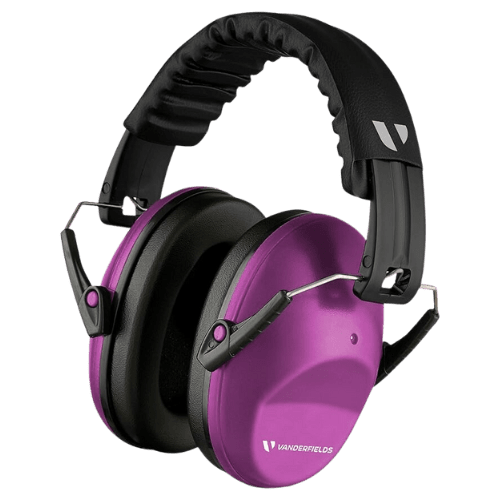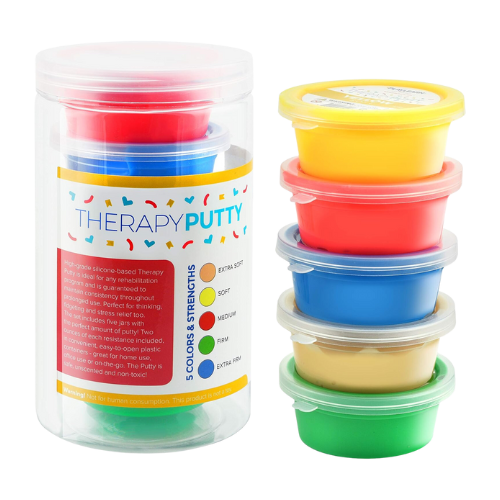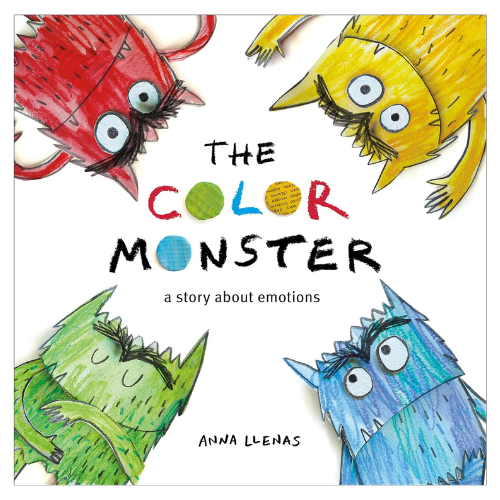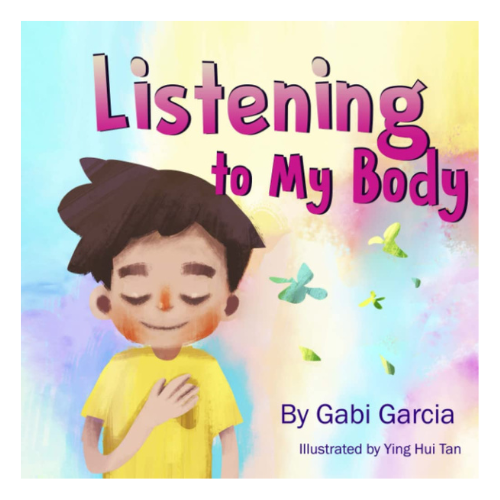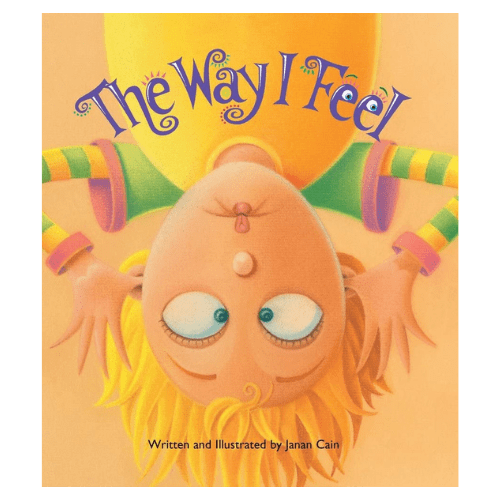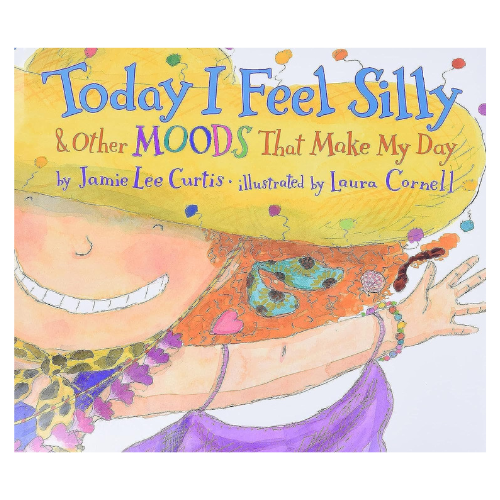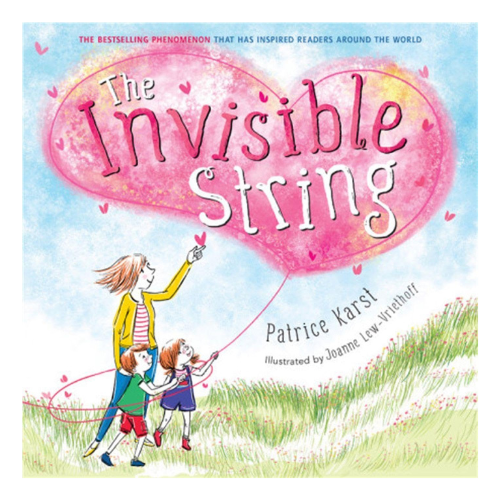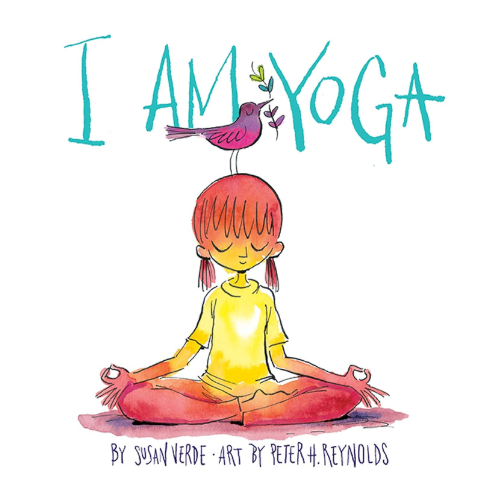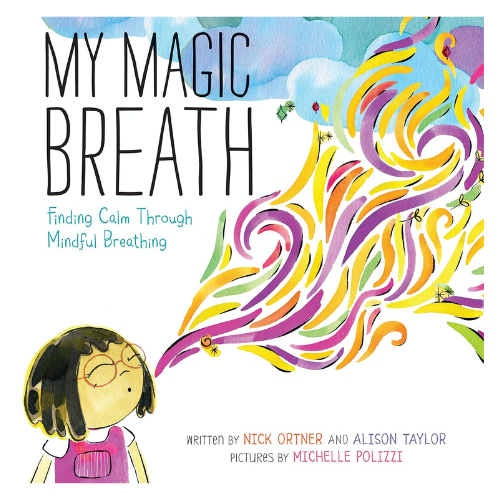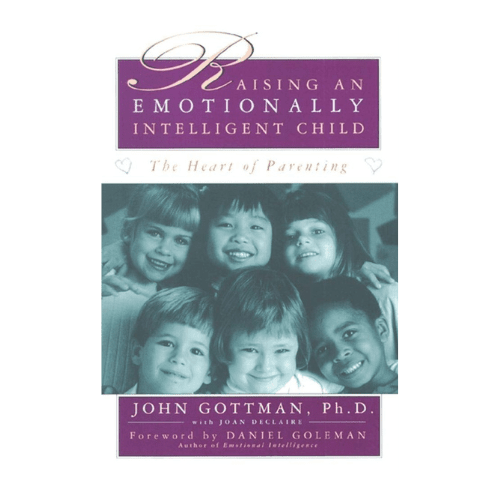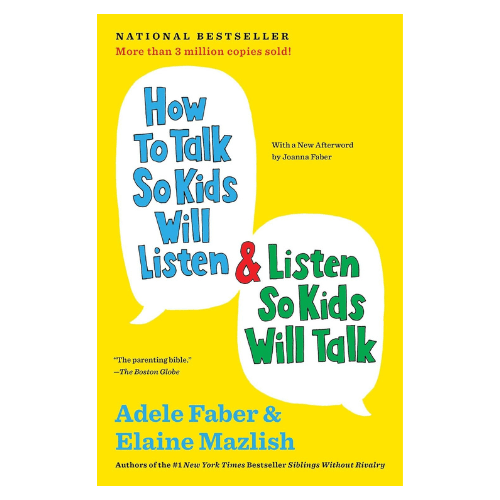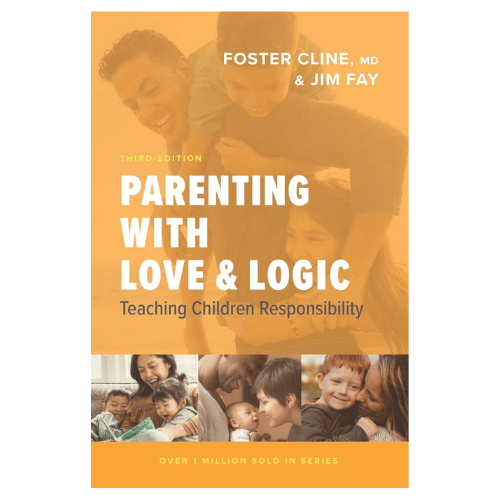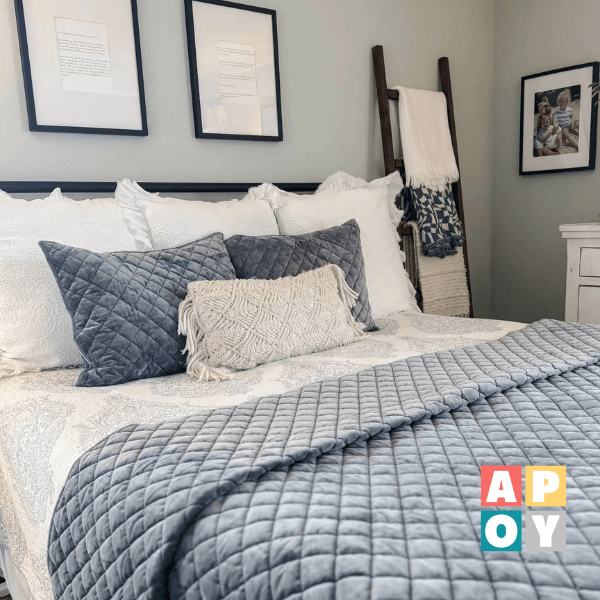Nurturing Emotional Intelligence in Children: A Comprehensive Guide with Cool Down Activities, Sensory Tools, and a Tranquil Retreat for Toddlers
Big feelings are part of growing up! Learn how to support your child’s emotional development with simple cool-down activities, sensory tools, and a cozy retreat space designed just for toddlers. Practical tips to help little ones manage big emotions with confidence!
This blog post may contain affiliate links. When you make a purchase through these links, I may earn a small commission, at no additional cost to you. I only recommend products that I genuinely believe can benefit you and your family! Your support helps maintain and improve all things A Pop of You. Thanks so much!
Raising Emotionally Resilient Kids: Why Cool Down Activities Matter
Ever feel like your toddler is an emotional rollercoaster with no brakes? One minute they’re giggling, the next they’re melting into a puddle over the wrong color cup. Turns out, that’s completely normal. Young kids are still figuring out how to manage big emotions, and just like adults, they need tools to help them regulate. That’s where cool down activities come in—little pockets of calm that help kids reset, refocus, and build emotional resilience.
But let’s be real. Getting a child to “calm down” isn’t as easy as saying, “Just take deep breaths, sweetie.” They need structured moments of peace, engaging sensory experiences, and a space that feels safe and soothing. Let’s talk about why cool down activities work, how to create a quiet retreat at home, and some simple ways to teach coping skills (without making it feel like a therapy session).
Why Cool Down Activities Are a Game Changer
Cool down activities do more than just stop tantrums in their tracks. They help kids build the skills they need to manage emotions, handle stress, and even improve sleep. Think of them as little life hacks for emotional regulation.
1. They Help with Emotional Regulation
Toddlers don’t naturally know how to process frustration or disappointment. (If only.) Cool down activities like deep breathing, guided meditation, or even squeezing a stress ball give them a way to work through emotions instead of being consumed by them.
2. They Improve Focus & Attention
Ever notice how a wound-up child can’t sit still for anything? Mindfulness activities like guided visualization or quiet coloring help bring them back to center, making it easier for them to focus when it’s time to learn, play, or sit through dinner without launching peas across the table.
3. They Support Social Skills
Kids learn empathy and patience through interaction. Circle time, storytelling, or even playing with a calm down jar helps them practice taking turns, listening, and responding to emotions in a healthy way.
4. They Lead to Better Sleep
A wired toddler at bedtime is every parent’s nightmare. A cool down routine—soft music, a calming story, or gentle yoga—signals to their little bodies that it’s time to wind down, making bedtime battles a little less… battle-like.
8 Simple Cool Down Activities for Kids
You don’t need a full spa day setup to help your child reset. Try adding one (or a few) of these into your daily routine:
- Mindful Breathing: Have your child take deep breaths, counting to four as they inhale and exhale. Call it “blowing up a balloon” or “smelling a flower” to make it fun.
- Sensory Play with Playdough: Squishing, rolling, and molding playdough is a great way to release tension. Add a few drops of lavender essential oil for an extra calming effect.
- Guided Imagery: Ask your child to close their eyes and imagine a peaceful place—a beach, a forest, or floating on a cloud. Describe the sounds, smells, and feelings to help them relax.
- Yoga for Kids: Try simple poses like “butterfly wings” (sitting with feet together and knees moving up and down) or “tree pose” to help with balance and focus.
- Creative Art Expression: Hand them some crayons and let them draw how they feel. Art is a great, no-pressure way for kids to process emotions.
- Calm Down Jar: Fill a jar with glitter, water, and a little glue. When they shake it, tell them to watch the glitter settle—just like their feelings.
- Listening to Music: Play soft instrumental music and encourage them to lie down and just listen. Sometimes, a little quiet time with gentle sounds is all they need.
- Gratitude Journaling: For older toddlers, a simple “What made you happy today?” journal can shift their focus from frustration to appreciation.
Creating a Cool Down Corner (A.K.A. A Sanity Saver)
You know that feeling when you just need five minutes to yourself? Kids feel that, too. A designated quiet space gives them a place to reset without needing to be sent away (which can feel like punishment). Here’s how to set one up:
- Find a Cozy Spot: A small nook, a play tent, or even a corner of their bedroom can work. Add a soft rug, a few cushions, and a blanket to make it inviting.
- Keep It Simple: A quiet space isn’t another playroom. Limit the options to calming activities—books, puzzles, fidget toys, and maybe a stuffed animal or two.
- Use a Visual Timer: For kids who struggle with transitions, a sand timer or digital countdown can help them understand how long quiet time lasts.
- Add Soft Lighting: Harsh overhead lights? No thanks. A small lamp, fairy lights, or a nightlight can set the right mood for relaxation.
Encourage Independence: Let your child choose when they want to use the space. Making it feel like their special retreat encourages them to actually use it.
Teaching Coping Skills (Without Overcomplicating It)
The goal isn’t to turn your home into a mini wellness retreat—it’s to give your child tools to manage emotions in a way that feels natural. Here’s how to weave coping strategies into everyday life:
- Name the Feeling – “It looks like you’re feeling frustrated. Do you want to take a deep breath with me?”
- Offer a Cool Down Activity – “Let’s shake the calm down jar and watch it settle together.”
- Model Emotional Regulation – Let them see you take deep breaths, step away when frustrated, or use positive self-talk.
- Give Choices – “Would you like to read in your quiet space or do some drawing to calm down?”
Helpful Books for Teaching Emotional Regulation
If you love using books to introduce new concepts (same), here are some great ones to help kids understand feelings and coping skills:
- The Color Monster by Anna Llenas – A fun, visual way to explore emotions.
- Listening to My Body by Gabi Garcia – Helps kids tune into their physical and emotional signals.
- The Way I Feel by Janan Cain – Expressive illustrations make emotions easy to understand.
- The Invisible String by Patrice Karst – A beautiful way to talk about connection and comfort.
- What to Do When You Worry Too Much by Dawn Huebner – A hands-on guide for kids with anxious tendencies.
The Takeaway
Helping kids regulate their emotions doesn’t mean you need to turn into a Zen master or have a perfectly curated calm-down space. It’s about small, simple shifts—offering quiet moments, engaging their senses, and modeling healthy coping skills.
And remember: just like us, kids won’t get it right every time. The goal isn’t perfection, but practice. And if all else fails? Deep breaths and coffee. Lots of coffee.



